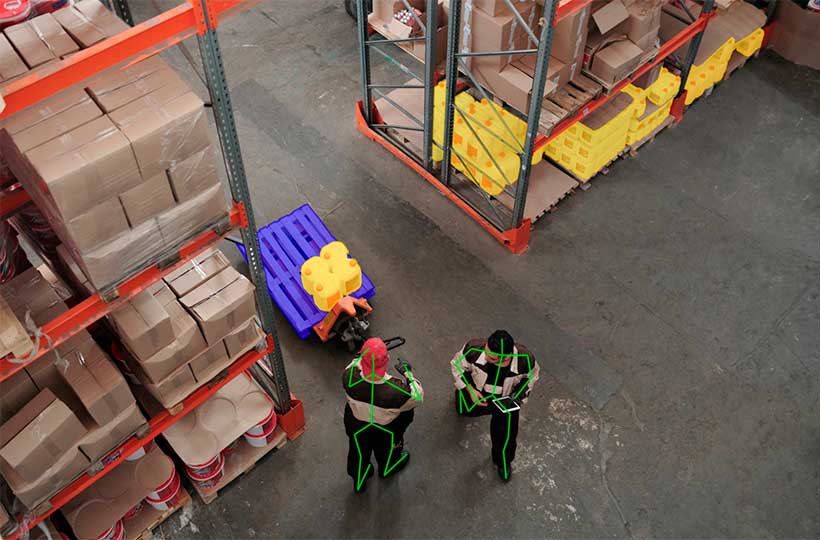Data Annotation for Warehouse Item Picking and Packaging

Efficient warehouse operations are at the core of the global economy. Amazon alone is estimated to employ 1 in every 153 Americans, with tens of thousands more working in other order fulfillment jobs. COVID-19 has only increased the importance of warehouse based distribution, as more and more consumers choose to shop online for safety and convenience.
The increasing demand for item packaging and delivery is spurring innovation in the sector. Picking is the term used to describe the important task of finding the right items in large warehouse environments. Recent developments in AI and robotics are promising to automate and transform aspects of this warehouse function, in the process improving operational speed, cost efficiency, and worker safety.
This blog will address the emerging technology of automated item picking, and show how innovators in this field are overcoming significant challenges. Image and video annotation services, like Keymakr, are supporting this development by helping to create effective AI training datasets.
A challenging environment
Modern warehouses or fulfillment centers are complex and, at times, chaotic environments. Each of the spaces contains many thousands of different products, all of which need to be located, combined with other items in the order, wrapped and distributed. The sheer variety of object types present in the fulfillment centers for online retailers and supermarkets presents an enormous challenge for computer vision based AI models.
AI is already being used in a variety of ways in these environments, from helping robots to bring certain items to packing stations to calculating how much packaging a given order will require. The final hurdle for machine learning powered automation in this sector is autonomous robot systems that are capable of, quickly and safely, picking any product and packaging it for delivery.

Automated picking systems
Autonomous systems are currently being developed that combine computer vision and robotics technology to streamline the picking and packaging in warehouse settings. In order to effectively select items and place them in shipping containers these smart robots are trained with annotated training images and video. This allows these systems to distinguish between a wide range of potential objects.
After locating a target item on a conveyor belt, autonomous picking systems can scan the item barcode and then place it in a suitable package. Products can be picked up using either “manipulators” that grip objects, or suction cups that lock onto irregular shapes.
Whilst this technology is still in its infancy the potential for automation at warehouse picking stations is huge. As computer vision systems of this kind begin to be introduced into real environments it is vital that continued innovation is supported by high-quality data annotation.
Video annotation | Keymakr
Securing effective image and video annotation
Finding precisely annotated AI training images and video usually means finding the right annotation services. Dedicated providers, like Keymakr, can offer distinct advantages to picking AI pioneers:
- Reacting to changing data needs: AI companies can create their own data annotation operations. However, it can be an expensive distraction to scale these operations up and down, in line with changing data demands. Outsourcing allows companies to remain flexible, with the confidence that new datasets can be created quickly and reliably.
- Creating data: The varied environments of modern warehouses may not be reflected in publicly available data pools. Keymakr’s data creation options allow machine learning engineers to specify and access the images that they need to progress.
- Ensuring data quality: Poor quality in training data can lead to autonomous systems that are unreliable or even dangerous.

Keymakr uses three levels of quality verification in addition to automated sense checks to ensure that annotation errors are found and corrected.



